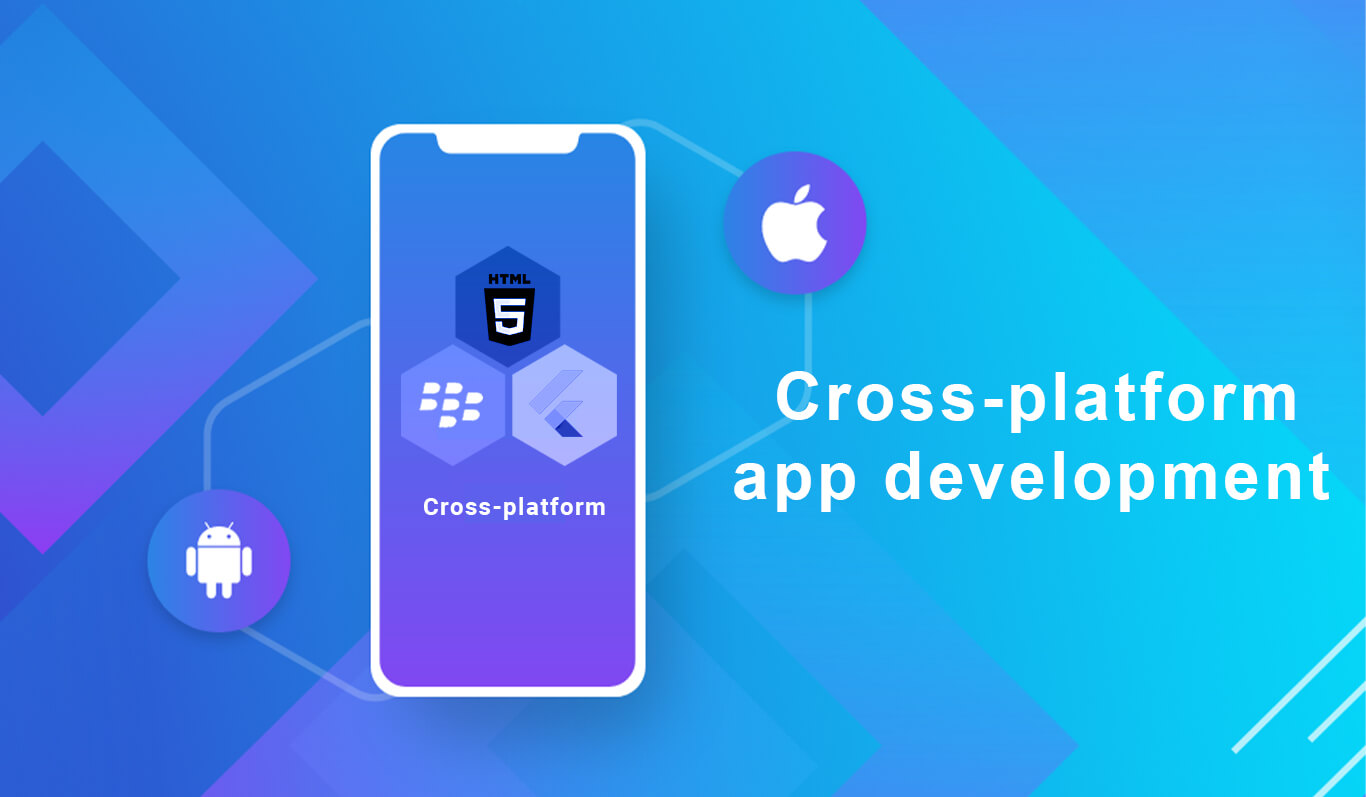Cross platform
What is Cross Platform?
Definition:
“Cross Platform” refers to the capability of software, applications, or technologies to operate seamlessly across different computing platforms or environments. These platforms can include various operating systems, devices, or frameworks, allowing users to access and use the software consistently regardless of the device or system they are using. Cross-platform development aims to create products that offer a uniform experience, promoting accessibility and flexibility for users across diverse environments.
Analogy:
Think of Cross Platform as a multilingual book. Just as a book written in multiple languages ensures that readers from different linguistic backgrounds can understand the content, cross-platform software ensures a consistent user experience across various computing environments.
Further Description:
Cross-platform solutions can be applied to different types of software, including:
Mobile Applications: Cross-platform mobile development frameworks enable the creation of apps that can run on both iOS and Android devices with a single codebase.
Web Applications: Cross-platform web development ensures that web applications work consistently across various web browsers and operating systems.
Desktop Applications: Cross-platform desktop applications are designed to operate on multiple operating systems, such as Windows, macOS, and Linux.
Cross-platform development can be achieved through various approaches, including:
Hybrid Apps: These apps use web technologies (HTML, CSS, JavaScript) within a native app wrapper, allowing them to run on multiple platforms.
Cross-platform Frameworks: Frameworks like React Native, Flutter, and Xamarin facilitate the development of native-like applications that work across different platforms.
Responsive Web Design: For web applications, responsive design ensures that the user interface adapts to different screen sizes and resolutions.
Why is Cross Platform Important?
Wider User Reach: Cross-platform development extends the reach of software to users on different devices and operating systems, increasing the potential user base.
Cost Efficiency: Developing a single codebase that works across platforms can be more cost-effective than creating separate applications for each platform.
Consistent User Experience: Cross-platform development ensures a uniform and consistent user experience, fostering user satisfaction and engagement.
Easier Maintenance: Managing updates and bug fixes for a single codebase simplifies maintenance compared to maintaining separate codebases for different platforms.
Examples and Usage:
WhatsApp: WhatsApp uses React Native for cross-platform development, enabling a consistent experience for users on both iOS and Android devices.
Microsoft Office 365: Office 365 applications are accessible across various platforms, including Windows, macOS, iOS, and Android, ensuring users can work seamlessly across devices.
Epic Games’ Unreal Engine: Unreal Engine supports cross-platform game development, allowing game developers to create games that can run on different gaming consoles, PC, and mobile devices.
Basically, Cross Platform refers to the ability of software or applications to function consistently across different computing platforms, enhancing accessibility and flexibility for users.
For example, a business might use cross-platform development to create a mobile app that works on both iOS and Android devices, reaching a broader audience.
Key Takeaways:
- Cross Platform involves the capability of software to operate seamlessly across different computing platforms or environments.
- It promotes accessibility and flexibility for users on various devices and operating systems.
- Cross-platform development can be achieved through hybrid apps, cross-platform frameworks, and responsive web design.
- Examples include WhatsApp, Microsoft Office 365, and Unreal Engine.





